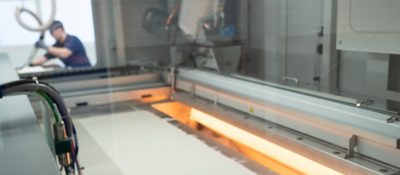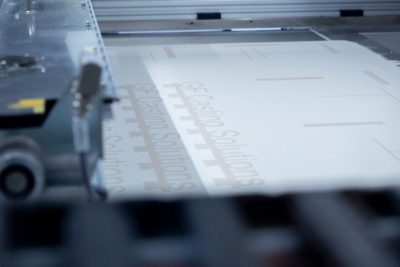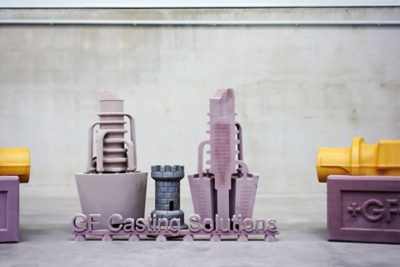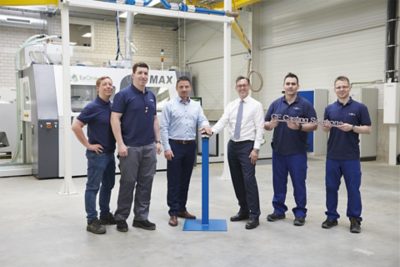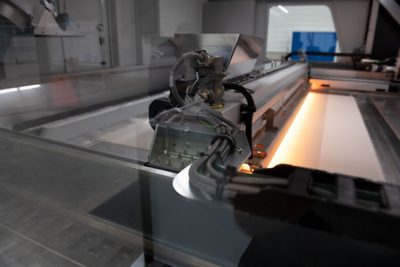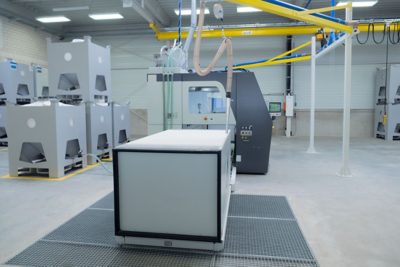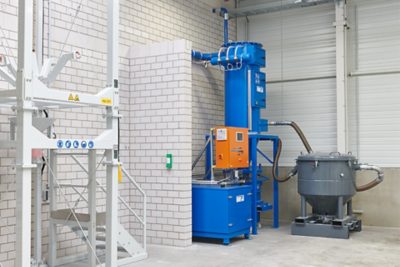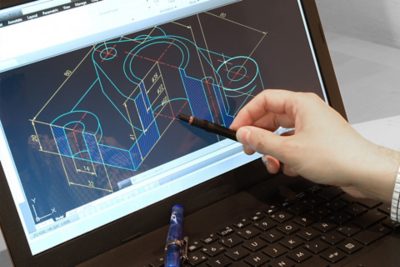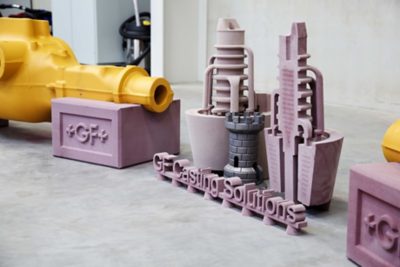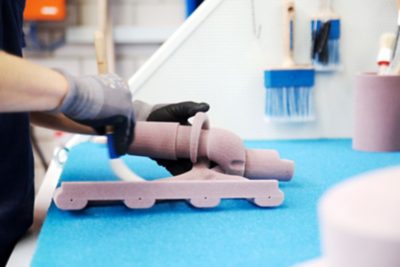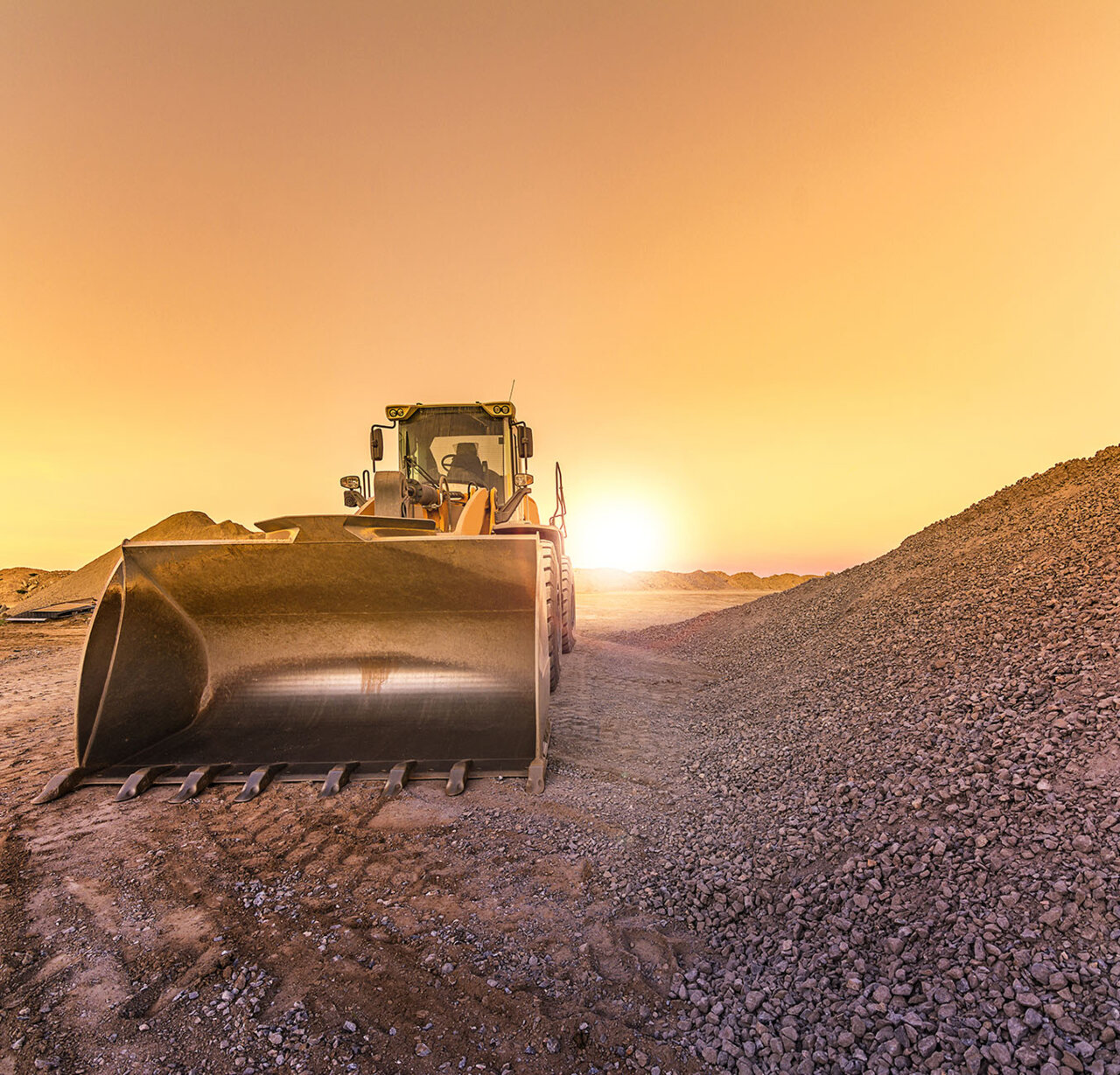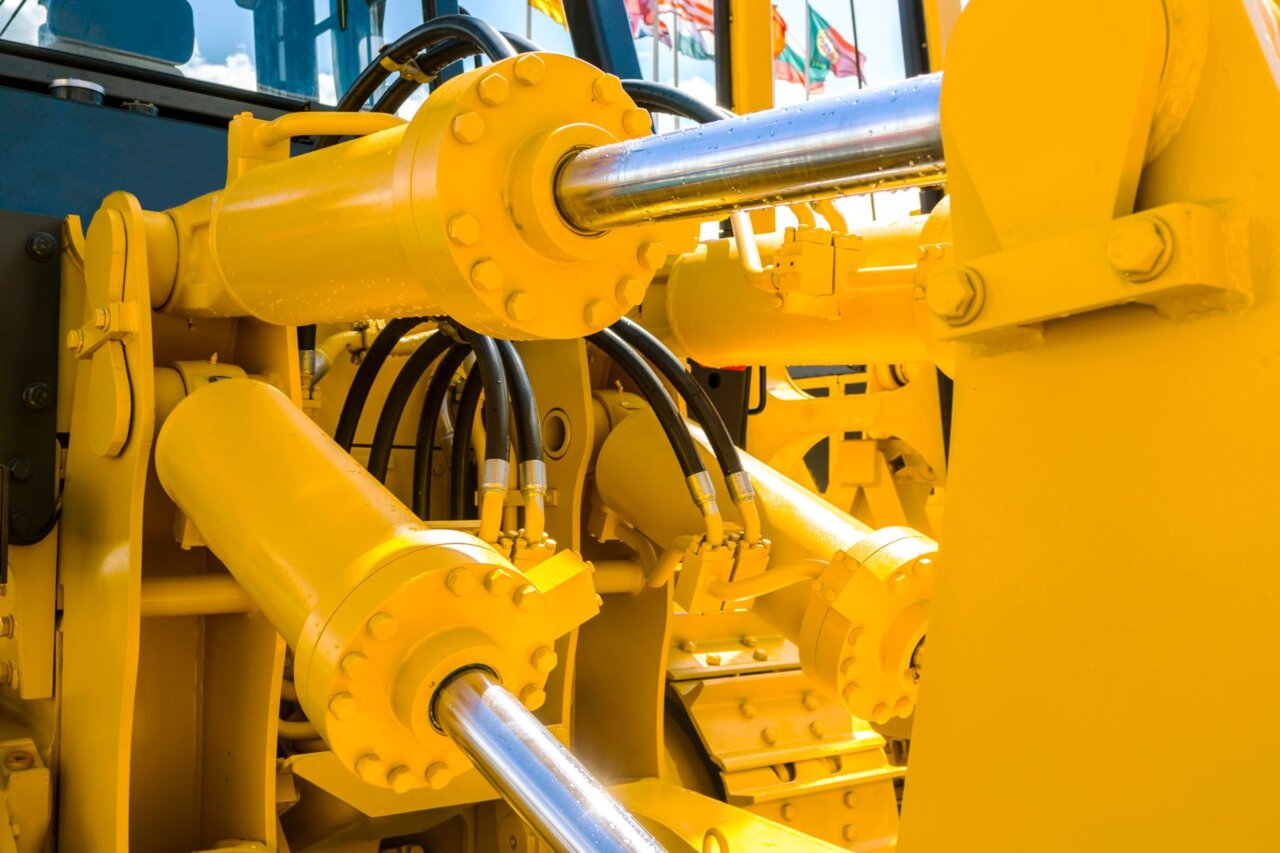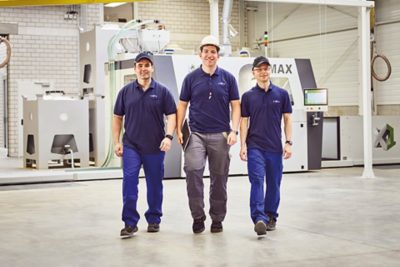Speeding-up your sandcasting process
With the serial production of 3D-printed sand cores for sandcasting processes, we are your reliable partner providing know-how and state-of-the-art technology in the heart of Europe.
The innovation center for additive manufacturing was opened at our iron casting location in Leipzig (Germany) in 2018. Our customers not only save time and money on prototypes and spare parts, but also benefit from optimized production processes and virtually unlimited freedom of design.
Your reliable partner for prototyping
By using additive manufactured prototypes, you get the geometries of early design stages which are produced already close to serial conditions. This way we can test, and improve before the actual serial production starts.
